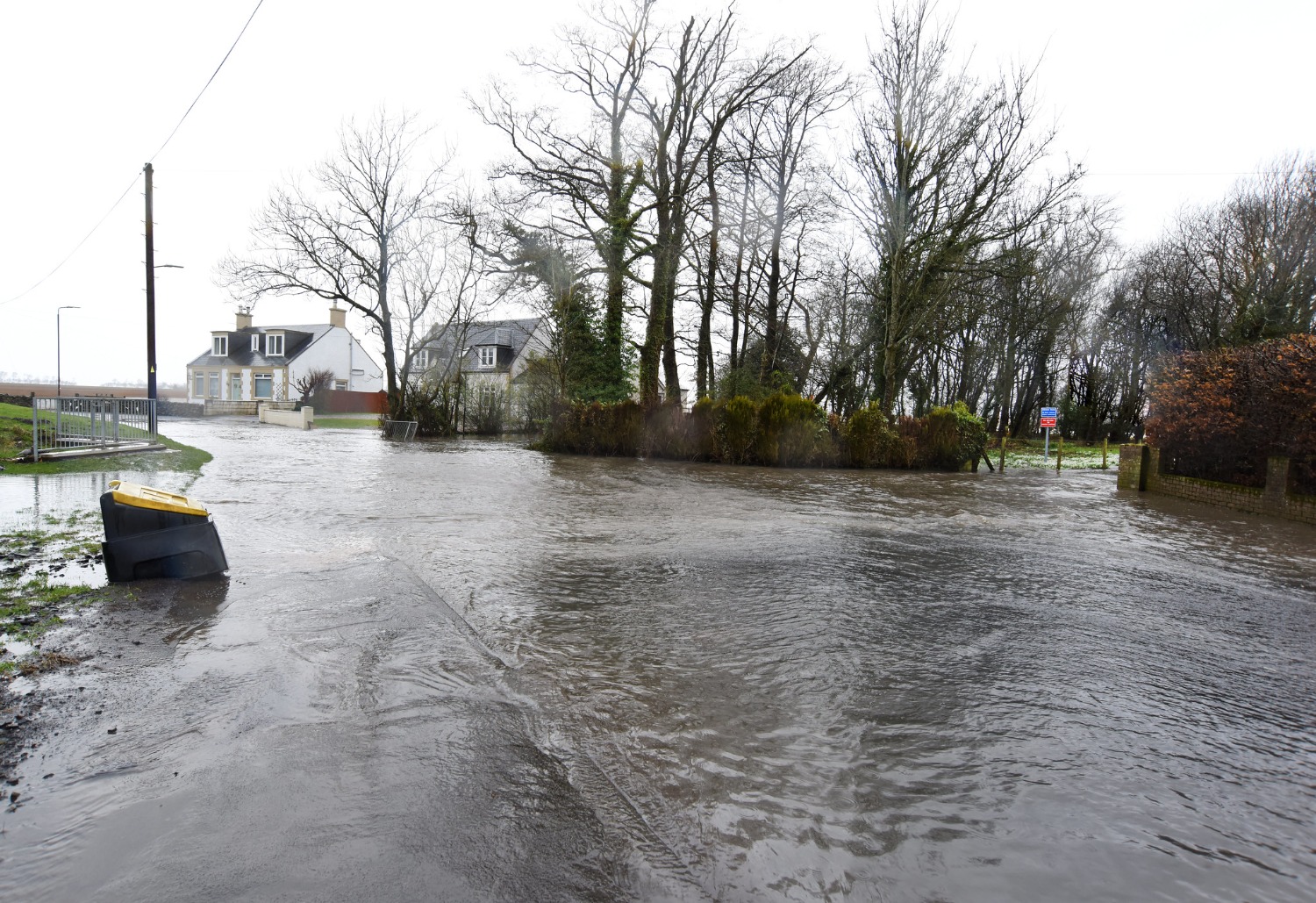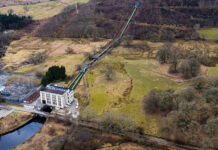
FALKIRK councillors are to consider how to progress what would be Scotland’s largest flood protection scheme later this month.
The proposed Grangemouth project, which the local authority estimated to cost between £450 to £670 million last January, would address growing flood risks in the town and surrounding communities – with it safeguarding over 2,700 homes.
Properties across the local area face threats from rising sea levels in the Forth Estuary and increased rainfall affecting three local rivers. A major flooding event in this location would cause widespread disruption, Falkirk Council said.
As part of the statutory process, Falkirk Council formally notified around 10,000 residents and businesses in May 2024 about the proposed scheme. This included providing access to plans and environmental impact assessments.
Public feedback resulted in a small number of objections for things such as the visual impact or potential disruption caused during construction in some locations.
Based on this information and on the relevant legislation, elected members will be asked to make a preliminary decision to confirmed the proposed scheme without modification; confirm the proposed scheme with modification; or reject the proposed scheme.
Once a preliminary decision is reached, the local authority must then advise Scottish Ministers, who may recommend either a public local inquiry or a local hearing to further consider any remaining objections.
A final decision on the proposed scheme will only be taken on conclusion of these further processes, with detailed design activity and any construction work to follow in subsequent years, the council said.
Malcolm Bennie, director of place services, said, “Flooding poses a serious threat to many homes and businesses in the wider Grangemouth area. This scheme outlines the ways we can reduce those risks and support the long-term resilience of the area.
“We have worked hard to address concerns raised during consultation and will continue to engage with the community as the project progresses. It is now up to elected members to decide the way forward for the scheme.”









